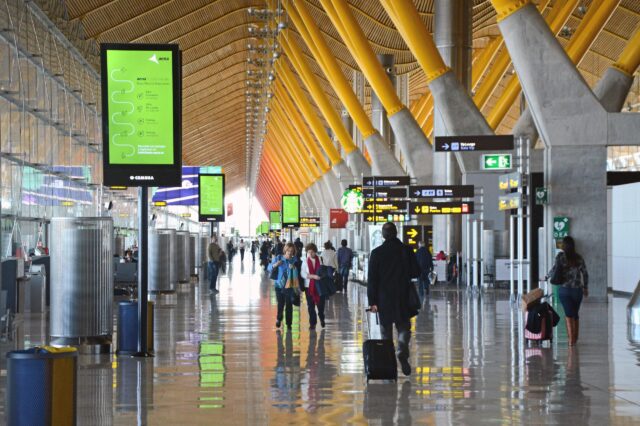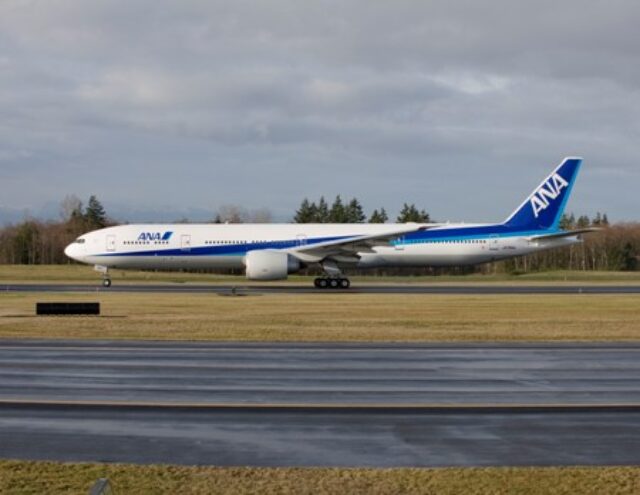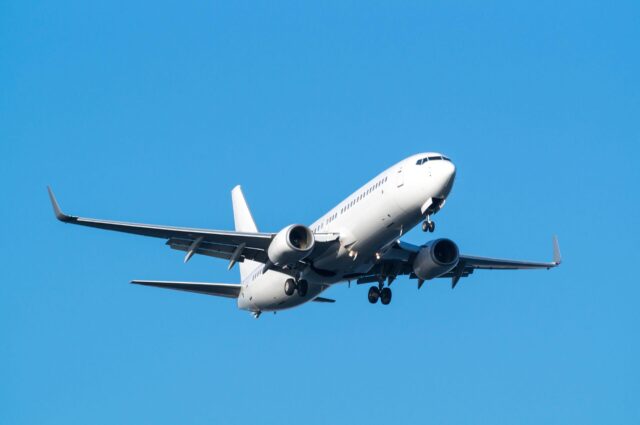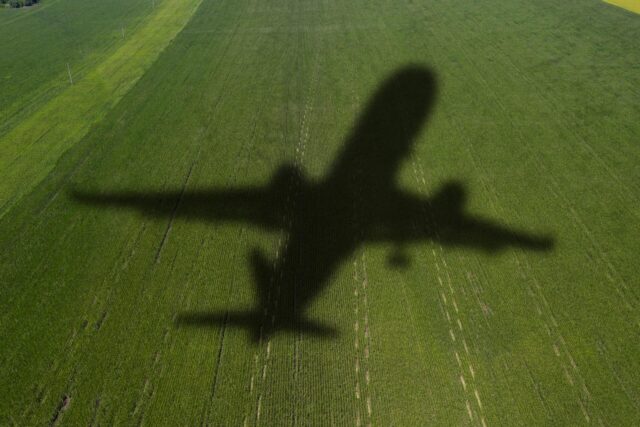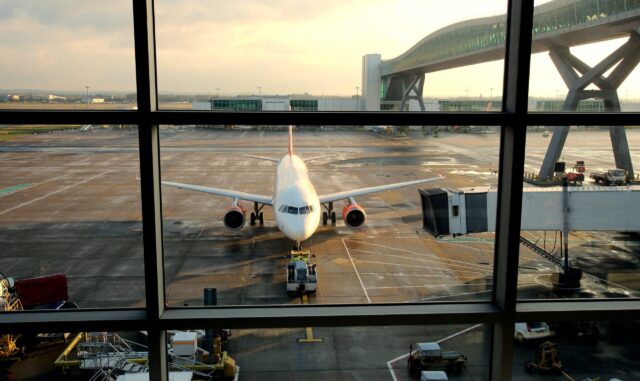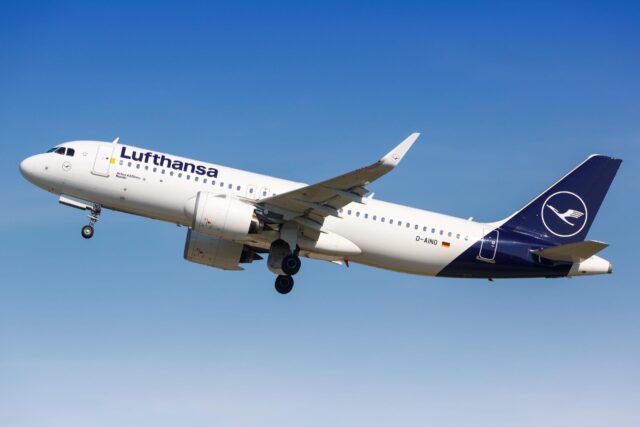Hi Fly exceeds IATA’s diversity goals

May 29, 2025

Widebody aircraft wet lease specialist, Hi Fly, has exceeded targets set by the International Air Transport Association (IATA) achieving 31% female representation in senior leadership roles across its workforce. However, gender parity still remains a way off across the global aviation sector.
The IATA-led 25by2025 initiative was brought to life in 2019 with the aim of enhancing diversity, equity and inclusion (DE&I) and boosting the number of women in senior positions and under-represented areas by up to a minimum of 25% by 2025.
Hi Fly is one of 200 aviation-related organisations, including ground support companies and booking platforms, as well as airlines signed up to the initiative. It’s achievement of 31% female representation in senior leadership roles marks a 30% increase compared to the 23% female representation it had in senior leadership roles in 2019 when it signed up to IATA’s initiative. In addition, it has also reached 43% female representatives across its total workforce.
According to Hi Fly’s CEO, Antonios Efthymiou, the company’s results are a strong reflection of its belief that diversity strengthens both performance and workplace culture. “Reaching 43% female representation across our workforce is not just a number – it’s a sign of steady, inclusive progress,” he said.
“Our commitment to diversity is not only about improving our culture, but also about ensuring our workforces mirrors the world we serve.”
According to PwC, in 2022, the proportion of senior leadership roles held by women was 28%, including 28 female CEOs. Airlines that have joined IATA’s initiative also noted 1,000 new female pilots in 2022.
Other companies signed up to IATA’s 25by2025 initiative include Menzies Aviation, Turkish Airlines, Cirium, Aeroportos do Brasil, Airbus, Cathay Pacific, China Airlines, Delta, United Airlines, Vietnam Airlines and Vueling.
Gender parity in aviation still a way off
Despite the progress seen through programmes such as IATA’s 25by2025 initiative, the global aviation industry still has considerable progress to make in achieving gender parity. According to the International Civil Aviation Organization (ICAO), the participation of women holding positions as pilots, air traffic controllers and maintenance technicians stood at 4.9% in 2021 ( an increase of just 0.4% compared with 2016). ICAO’s global survey published in 2023 on the status of licensed aviation personnel also revealed that the percentage of women pilots in service increased from 3.6% in 2016 to 4% in 2021 with the highest increases found in the Asia Pacific and Latin America/ Caribbean regions. North America scored highest globally with 4.6% women pilots, followed by Africa with 4.1% and Europe with 4%.




